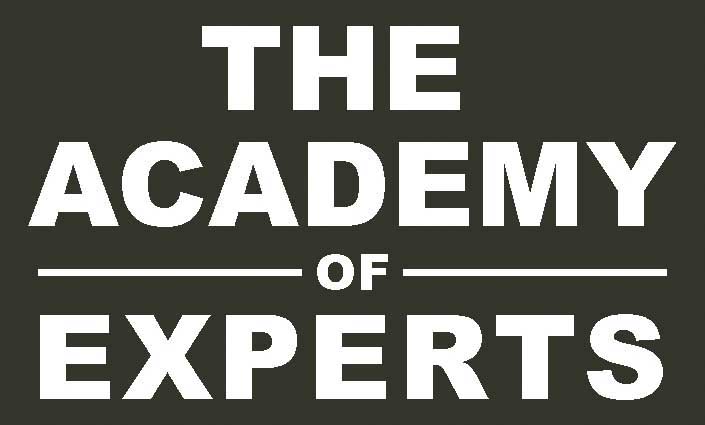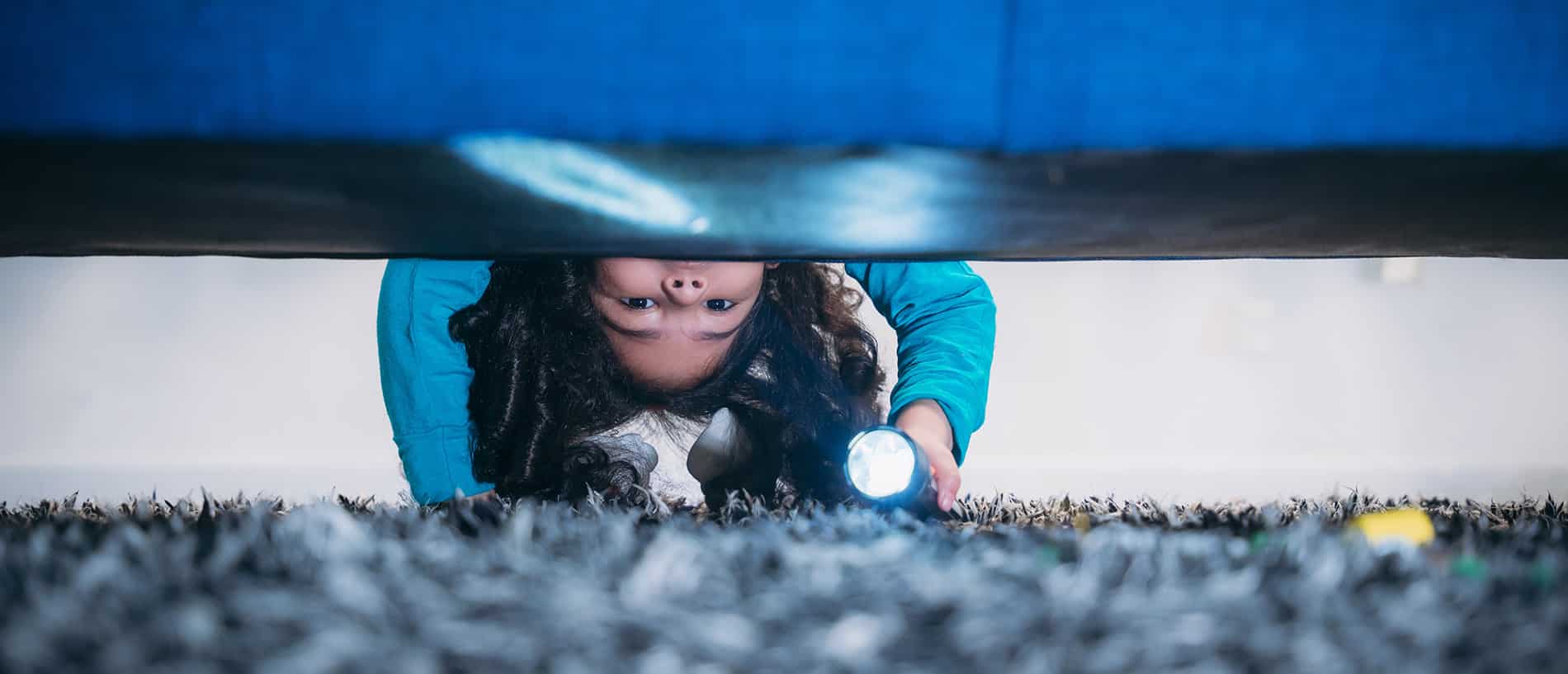Experts often have to rely on their clients and instructing solicitors to provide them with the material they need to form opinion. That evidence may be documents, data from an IT system or audio or video recordings and if the evidence you are given is incomplete or distorted in some way your opinions may turn out to be wrong.
The Chief Constable of Northamptonshire Police has recently been found in contempt of court in a case that acts a timely warning to experts of the need to check and check again that you really have all the evidence you need.
A brief summary of the case is that a woman was arrested and charged by police officers but the case against her was then dropped. She was unhappy with the way she had been treated during the arrest and claimed that property had been taken. Cue a series of court cases escalating through the courts and requests under GDPR for access to the video recordings from the police officers’ body worn cameras. Complaints to the ICO were upheld and some footage provided but not all of it and Northants police claimed on multiple occasions that they had ‘performed standard searches’, had provided all the available material and that any remaining footage had been deleted without any clear explanation of why.
A few days before a final hearing at the Court of Appeal it transpired that when the audit logs for the relevant officers were checked and other, entirely obvious but presumably not ‘standard for Northants police’ searches were carried out the missing video footage did in fact exist, had not been deleted and could be provided without any difficulty.
The lesson for experts is that when a client says they’ve looked for and not found the evidence you expect to see you should treat them like a teenager who claims not to be able to find a missing pair of trainers. Get them to tell you exactly and in annoying detail where they’ve looked, what searches they’ve performed and if humanly possible make them show you what they’ve done. If there’s really nothing there then there’s no problem, but if you emerge from under your client’s metaphorical bed with a pair of smelly trainers it really is better to know sooner rather than later!
As well as specialist professional skills and qualifications experts need the ability to communicate clearly both in writing and verbally, especially in court. While many consultants and professionals have those skills the legal environment is very different from ‘normal’ professional practice. Anyone considering acting as an expert needs to understand that environment, the rules that apply to expert evidence and how to avoid the pitfalls that can lead to a difficult time in court and potentially public criticism from a Judge.
The Academy’s training programme is designed to help already skilled professionals through the basic foundations to a mock cross-examination to ensure that they are fully prepared. Our training courses are primarily delivered online but we run some face to face courses in London and Hong Kong. We can also run in-house training for larger consultancies, please contact us for details.
Members receive a 25% discount on training, if you would like to join the Academy please complete our Pre-Application Questionnaire and we will help you identify the appropriate membership level for you. Other benefits of membership include guidance and advice on being an expert, regular member meetings to discuss issues affecting experts and access to specialised PI insurance.









